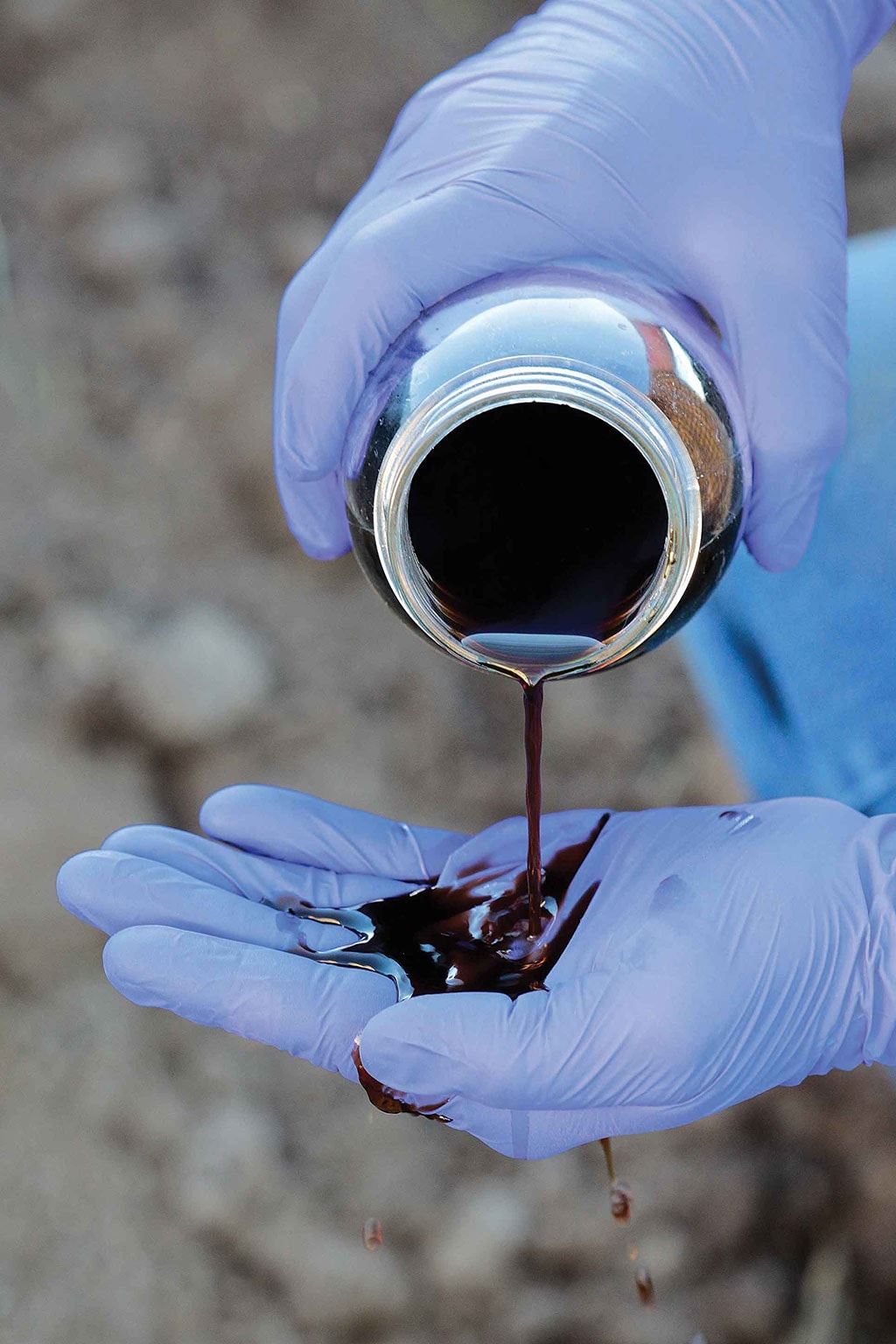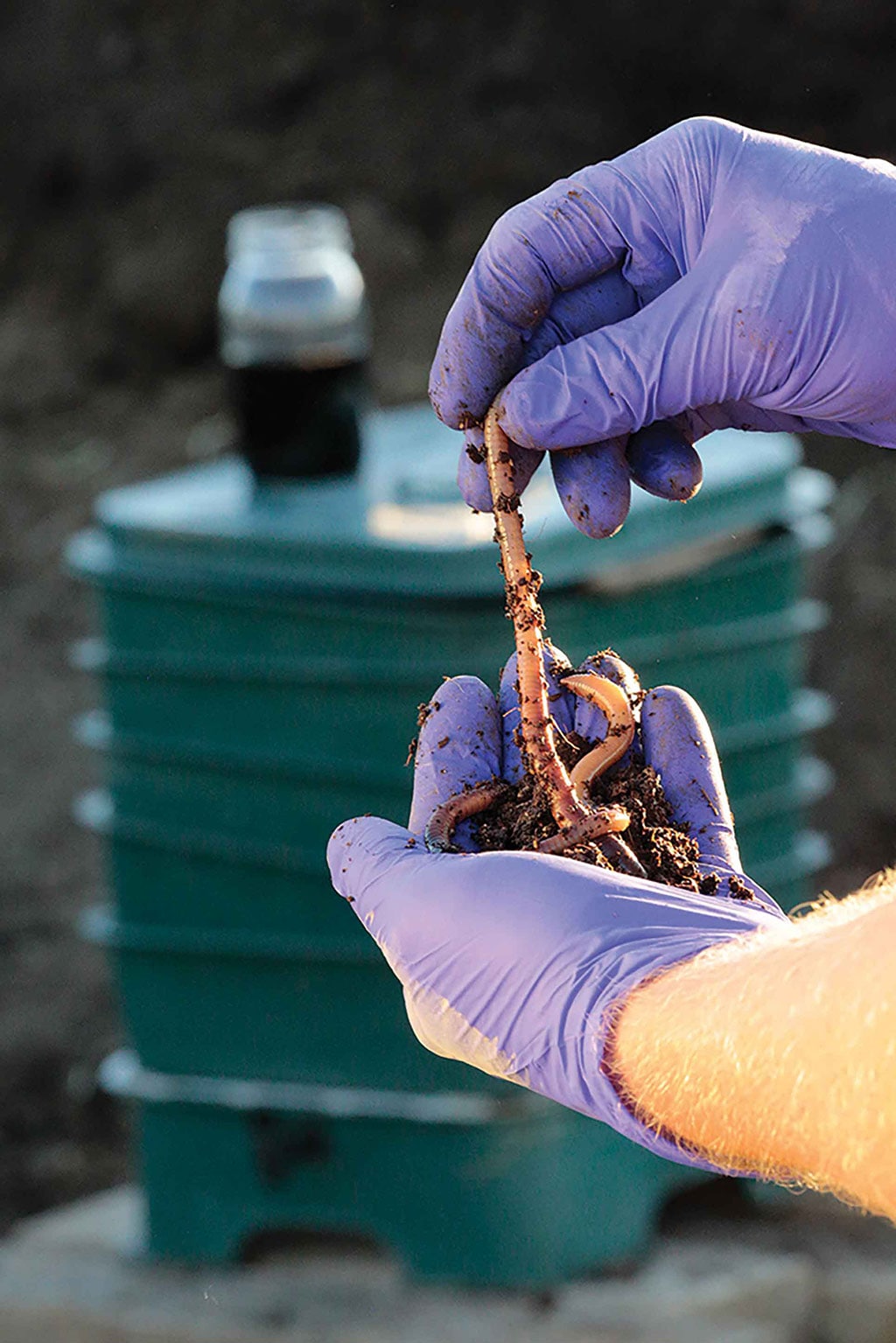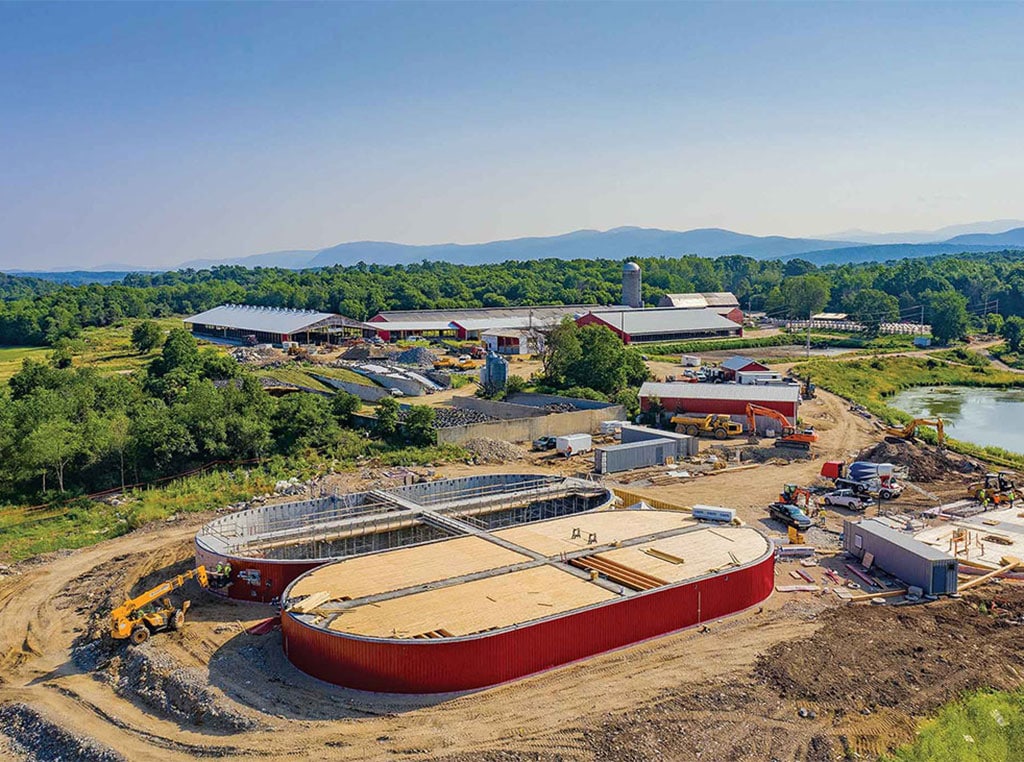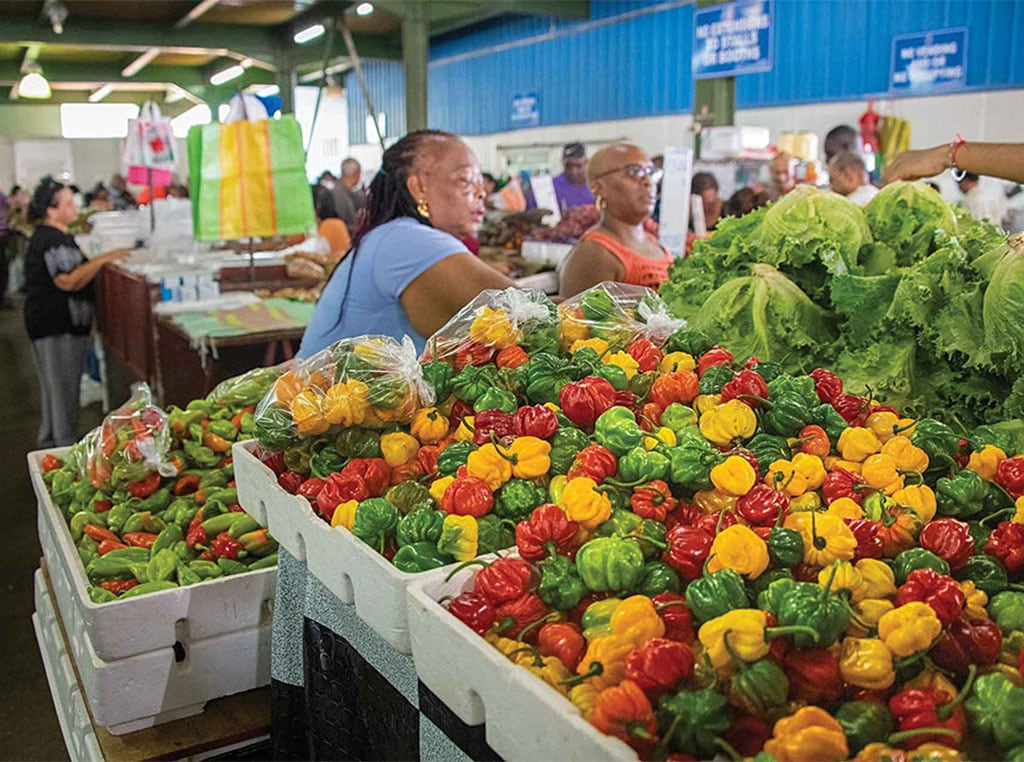
Agriculture, Sustainability, Education November 01, 2020
Worm Juice
Composting technique jump-starts soil biology
I’ve always felt sorry for little Jack Spriggins, the young man who traded his mother’s cow for three magic beans in the famous fable Jack and the Beanstalk. I’m the kind of guy who probably would do the same thing, if I thought there was a chance it would provide a yield breakthrough. And recently I’ve fallen under the spell of a new magic potion, a mysterious substance called worm juice.
What is worm juice? It’s a dark liquid that looks like a rich coffee you might buy at Starbucks. But it’s a whole lot cheaper. It’s a byproduct, an exudate, collected from a bioreactor setup where earthworms are chewing away on compost. The idea is to perform fungi-friendly composting—no turning of the pile—and introduce earthworms into this biologically active ecosystem. On our Missouri farm, we learned the basics in a commercially available vermicompost system, then cobbled together a worm juice gathering system for our 100 tons of sheep manure/wheat straw/woodchips static-pile compost.
Bio blast. My interest in worm juice was sparked by Jay Fuhrer’s efforts at the Menoken Farm, a conservation demonstration showcase in central North Dakota. Jay recalls that his passion for worm juice traces back to a long car ride across Australia with Ian and Di Haggerty; they raise sheep and wheat on 32,000 acres, and use worm juice as a seed treatment to facilitate “rhizosheath” development on the emerging wheat seedlings.
“I thought it was worth a look here in the Northern Plains,” Jay says. For the past couple of growing seasons, he has collected worm juice from an on-farm composting system and used it as an in-furrow application when planting corn, soybeans, and wheat.

Earthworms, such as these large European nightcrawlers in the author’s bioreactor, thrive in compost.
He’s still sorting through reams of information gathered during the 2019 growing season, and will gather even more data in 2020. However, he saw some interesting results when he compared the soil in the treated furrow to non-treated areas. Results from PFLA tests—which provide a snapshot of the soil microbial community—showed that worm juice moved the needle for mycorrhizal fungi. “One of the biggest challenges in all the years I’ve worked with soil health has been to try to find a management practice that impacts mycorrhizal fungi,” he says. “The worm juice project has produced the largest change I’ve ever seen.”
Soil health advocate Chris Teachout has seen similar results in his two years of experience with worm juice. He uses the product as an in-furrow treatment on his southwest Iowa farm, and has experimented with a few foliar applications as well.

Jay Fuhrer has seen worm juice provide a biological boost to the soil in North Dakota, where an in-furrow application increased levels of mycorrhizal fungi.
Chris sees value in worm juice as a tool to balance the ratio of fungus to bacteria, which typically runs 1:1 in healthy soils. “Bacteria have taken the upper hand in intensively farmed soil, so we need to help the fungi,” he says. He built a Johnson-Su composting bioreactor (plans available at the regenerationinternational.org website) and tested the resulting compost; it showed a 4.9:1 fungi-to-bacteria ratio.
The best part is, he didn’t have to trade a cow to get this “miracle” product. “It costs 25 cents to 50 cents an acre for us to apply worm juice,” he says. “I think worm juice has a future as another layer in the techniques we use to improve soil health.”
Read More

Agriculture
The Alluring Economics of “Gas Natural”
Renewable markets are driving a gas boom.

